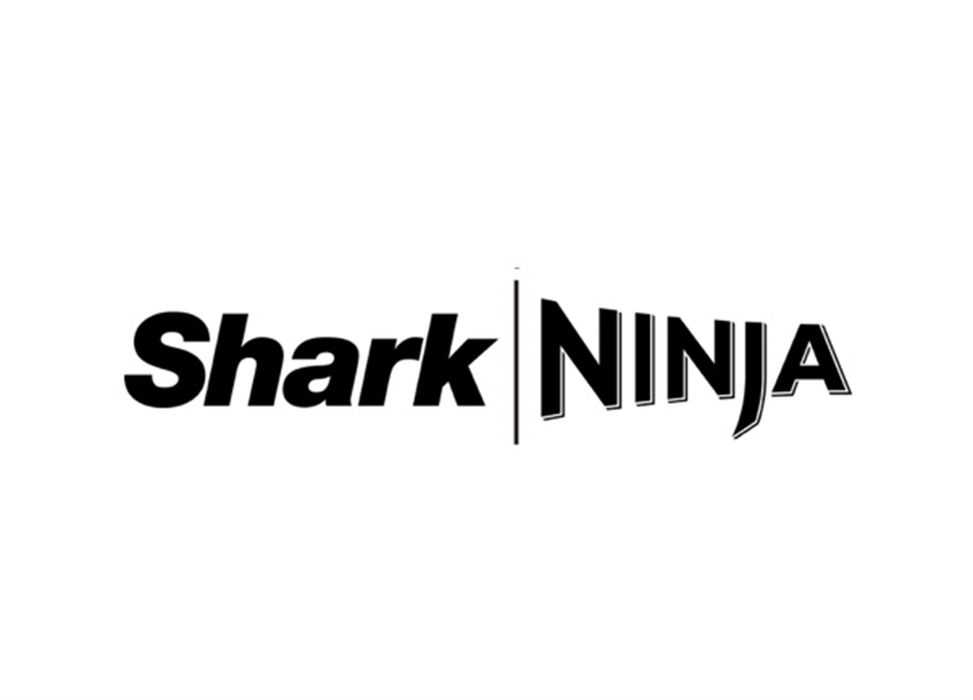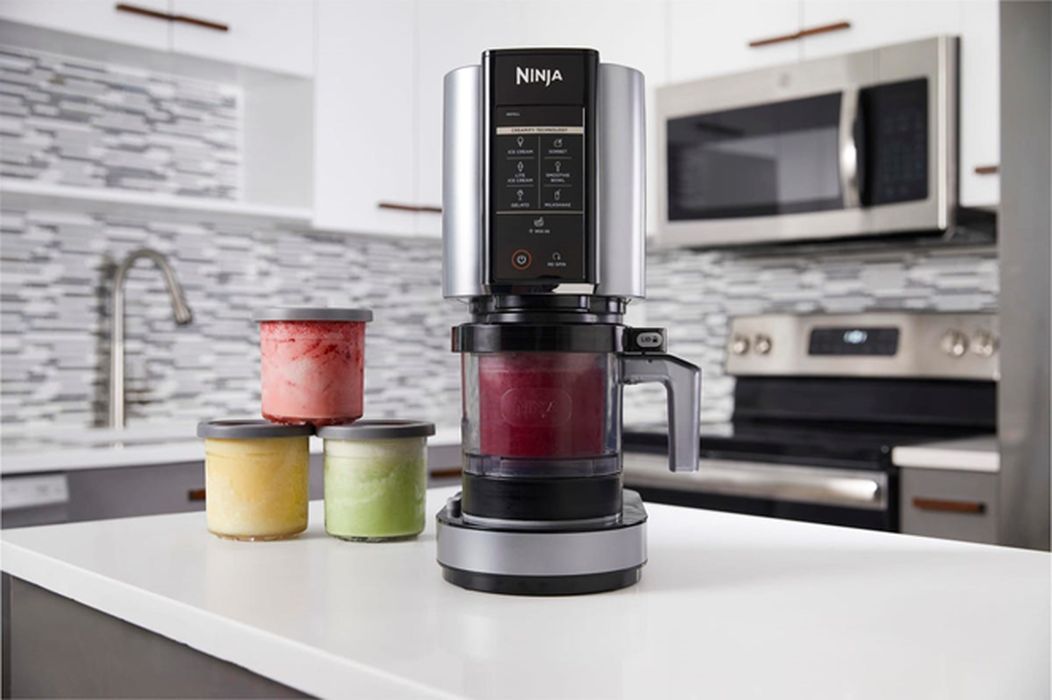
Charles R. Goulding and Preeti Sulibhavi discuss SharkNinja’s ongoing and potential 3D printing activities and opportunities.
SharkNinja is a small appliance manufacturer headquartered in Needham, Massachusetts with a US$4.7 billion stock market value.
Despite the catchy name of the company, it is relatively unknown since it was recently created as a spin-out of two brands, Shark and Ninja.
We have covered one of its more famous competitors, Dyson, in a previous Fabbaloo article. Like Dyson, SharkNinja has vacuum cleaner and hair dryer product lines, in addition to its kitchen appliance and food product lines.
SharkNinja is known for product design and innovation. The company has also used celebrity hairstylist Chris Appleton, Kim Kardashian’s hairdresser, to promote its products.
One of its fastest-growing products is the Ninja Creami, which allows customers to customize their own ice cream and sorbet using fruit.

SharkNinja has been utilizing 3D printers during its product design and development processes. Company employees are trained in using 3D printers.
SharkNinja operates on a 24-hour design cycle, which means that employees in China, London and Boston, all pass the “torch” onto each other once they complete their phase in the design/development process. The integration of 3D printers only enhances the global, continuous product design and development strategy. Bringing more innovative products to consumers, faster.
The opportunities for 3D printing applications in the kitchen and personal appliance industry are vast. Many items are amenable to being 3D printed. We have covered some of these items. They include the Ooni pizza oven, Miso food robots, food models, taco kits, functional outdoor solutions and even the way we grocery shop.
The Research & Development Tax Credit
The now permanent Research and Development (R&D) Tax Credit is available for companies developing new or improved products, processes and/or software.
3D printing can help boost a company’s R&D Tax Credits. Wages for technical employees creating, testing and revising 3D printed prototypes can be included as a percentage of eligible time spent for the R&D Tax Credit. Similarly, when used as a method of improving a process, time spent integrating 3D printing hardware and software counts as an eligible activity. Lastly, when used for modeling and preproduction, the costs of filaments consumed during the development process may also be recovered.
Whether it is used for creating and testing prototypes or for final production, 3D printing is a great indicator that R&D Credit eligible activities are taking place. Companies implementing this technology at any point should consider taking advantage of R&D Tax Credits.
Conclusion
The SharkNinja is an innovative solution to have in our kitchens. We see a way for 3D printers to help the company advance even further. We have brought 3D printers into our backyards, swimming pools, and garages. It’s time to use 3D printers in our kitchens and help serve dinner!
